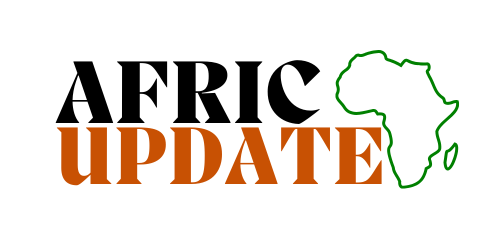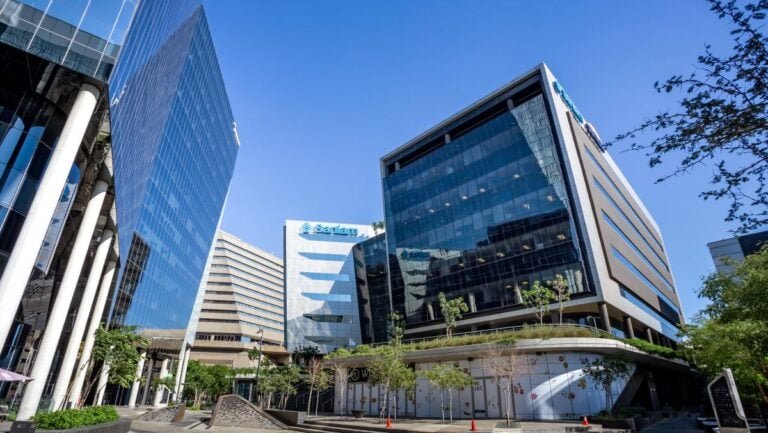Midrand: AfricUpdate – News Desk
Sanlam plans to offer banking services to its South African clients from next year as it seeks to grow revenue and gain a foothold in a thriving credit market. Africa’s largest insurer plans to leverage an agreement it entered into with TymeBank, the digital lender backed by billionaire Patrice Motsepe, to create a joint venture focused on unsecured personal loans bundled with credit life cover.
“We think that will be very significant for us because we’ve got millions of customers, we pay a lot of claims every year and we collect premiums, so we think there’s a huge opportunity to move our clients,” onto a new banking platform, Sanlam Chief Executive Officer Paul Hanratty said in an interview Thursday. “We are hoping to test with family and friends later this year and then by the middle of 2026, we should be in the market.” Sanlam shares fell 3.5% in Johannesburg on Thursday, the most in almost two months.
TymeBank intends to acquire half of Sanlam’s retail-credit loan book and the two firms will set up a new operating company that will offer credit. The establishment of the venture comes on the back of rival Old Mutual Ltd. starting OM Bank this year. The move will “enable us to engage more with our clients, be closer to our clients, and it also will become the mechanism for our rewards program for all payments to customers,” Hanratty said.
He spoke after the insurer posted record first-half profit, paced by a recovery in its African operations and surging growth in India. Net income climbed 7% to R11.6 billion in the six months through June, the insurer said in a statement on Thursday. Net revenue from financial services climbed 14% to R8.1 billion. “We’ve had an excellent six months,” Hanratty said. “In total, sales have been fantastic. We are very, very happy.”
Sanlam, which operates in 31 countries, has been on a yearslong plan to fortify its South African operations, while doing strategic deals to expand in the rest of the continent and Asia. The business in Asia, which includes operations in India and Malaysia, grew earnings 13%. It made up 22% of the company’s group equity value by the end of June, up from 20% in December.
Sanlam expects earnings to be sustained, buoyed by gains in its Asian and African portfolios, and in its home market where 69% of its business is generated and a coalition government is working toward addressing logistical and energy constraints. “I’m optimistic that the economy will pick up a little bit as interest rates come down,” Hanratty said.
“Some of the structural reforms coming through from government are very welcome, and I think the improved energy situation has been great.” Sanlam shares should justifiably trade at a premium to group equity value as its deals are reshaping the business to focus on faster-growing, higher-return markets, Avior Capital Markets analyst Adrienne Damant said in an emailed note.




